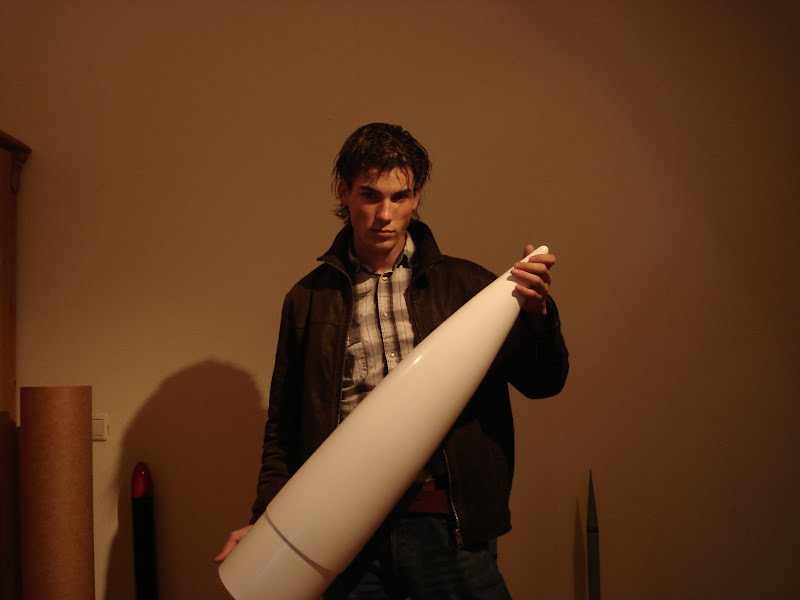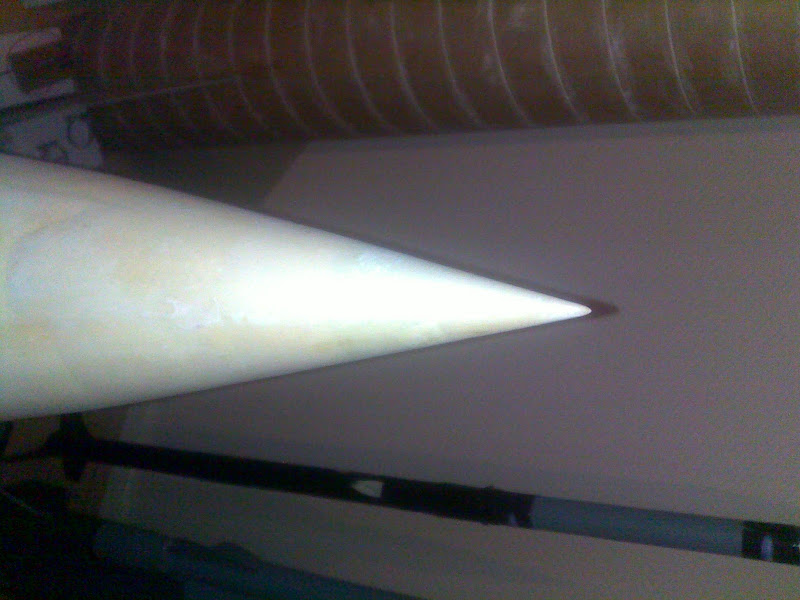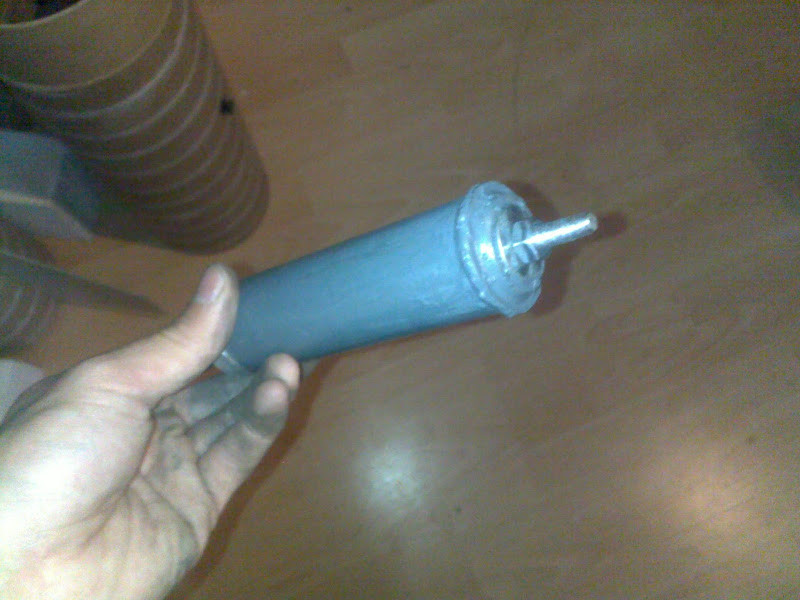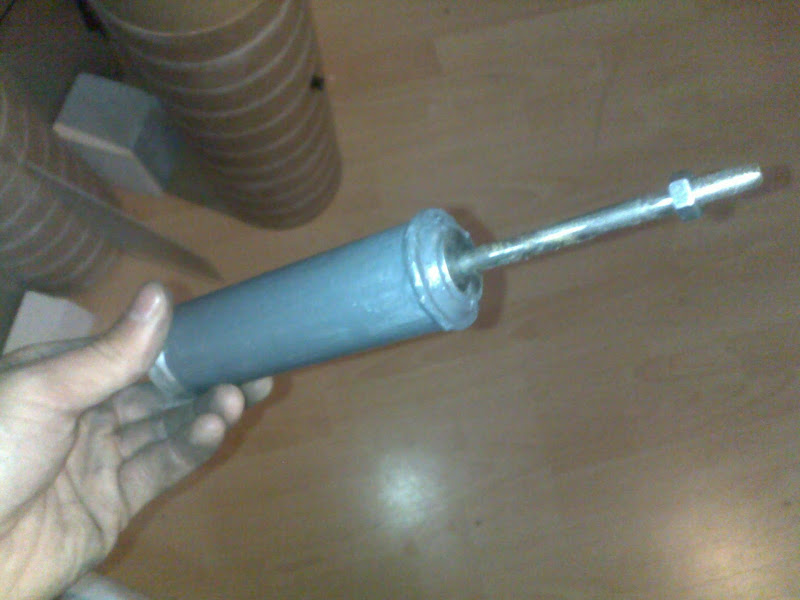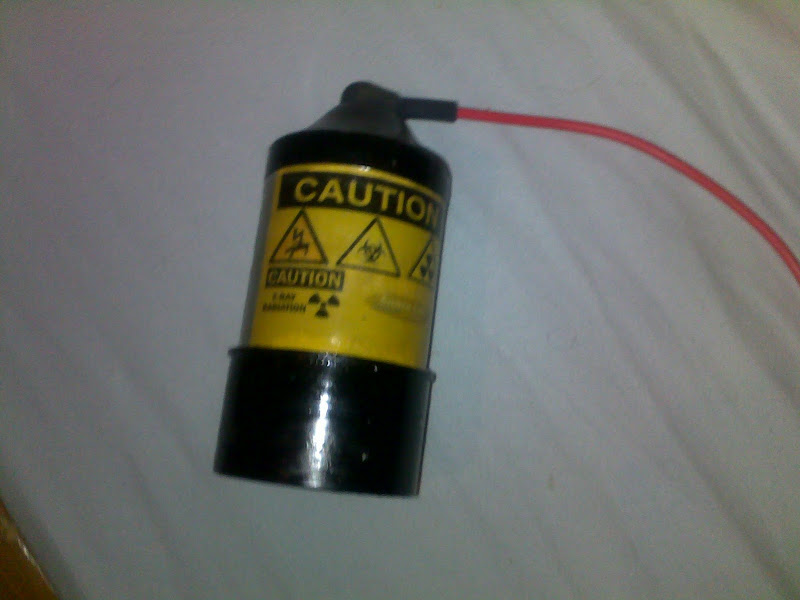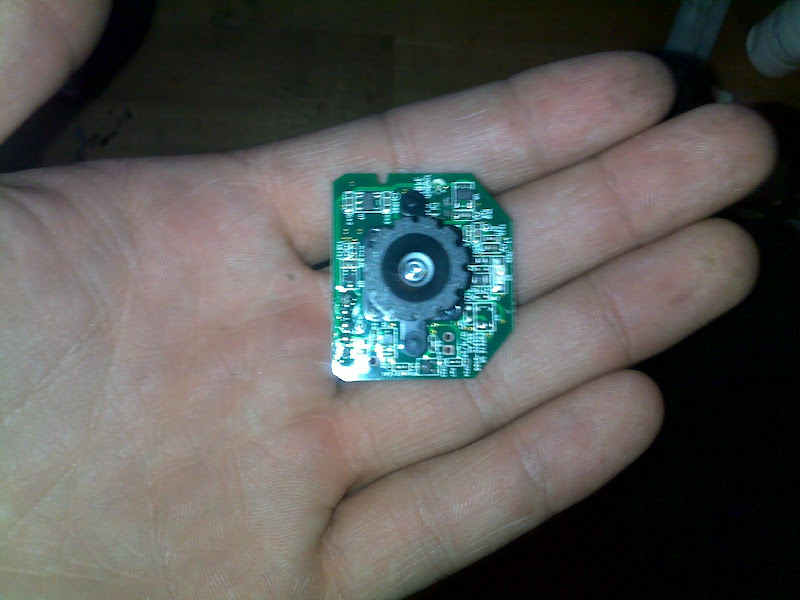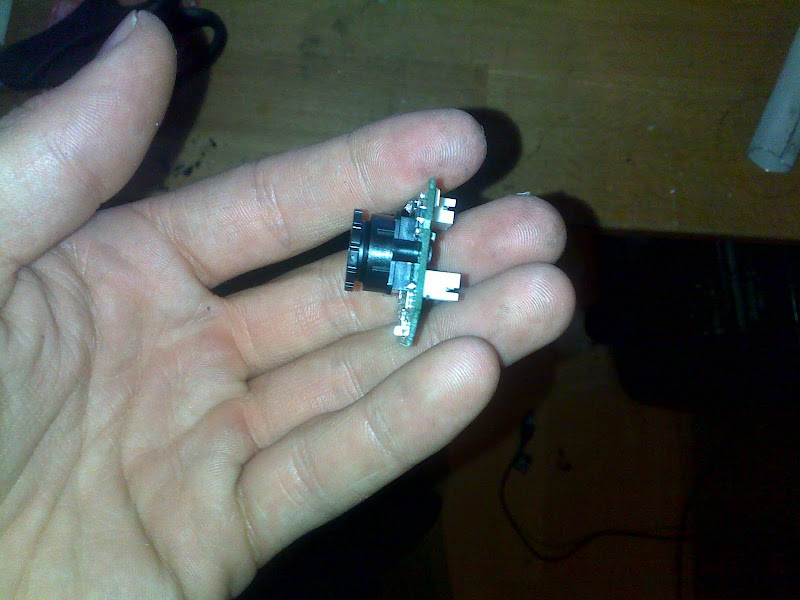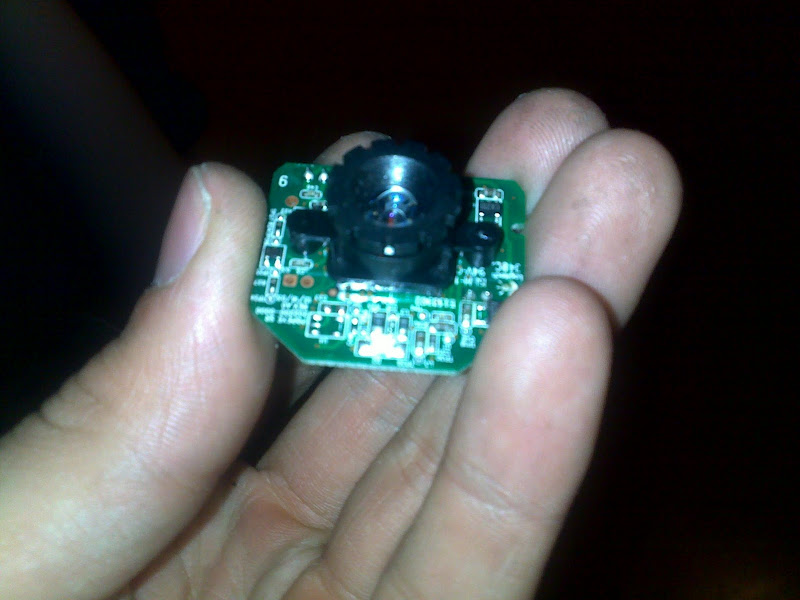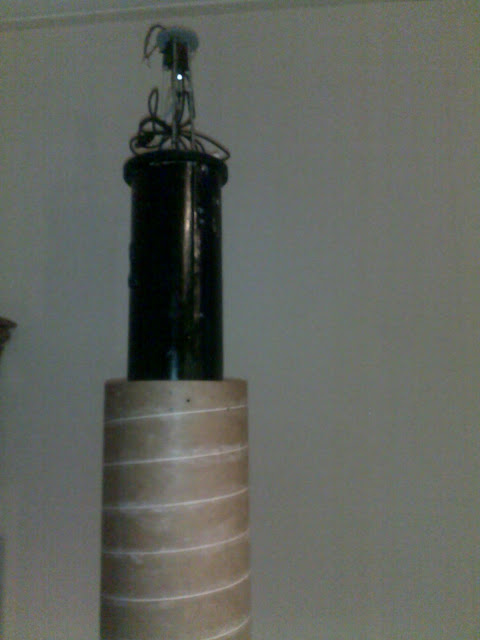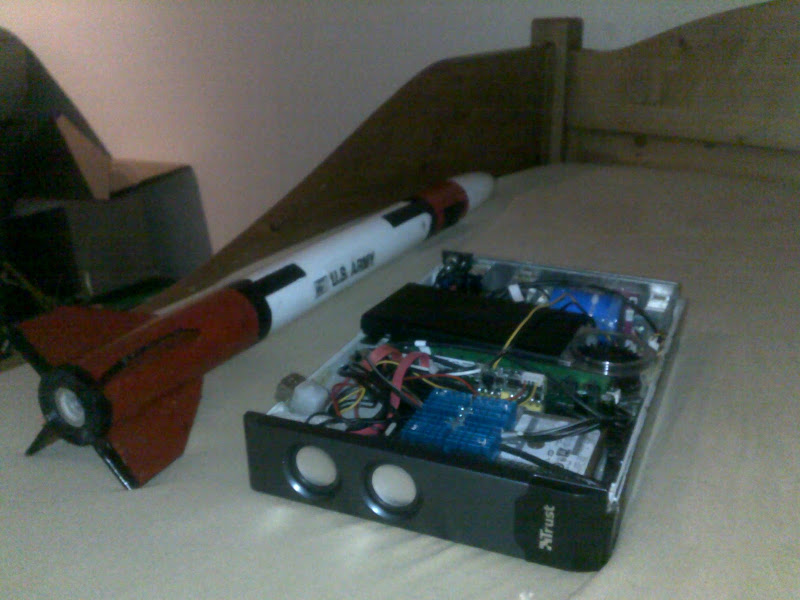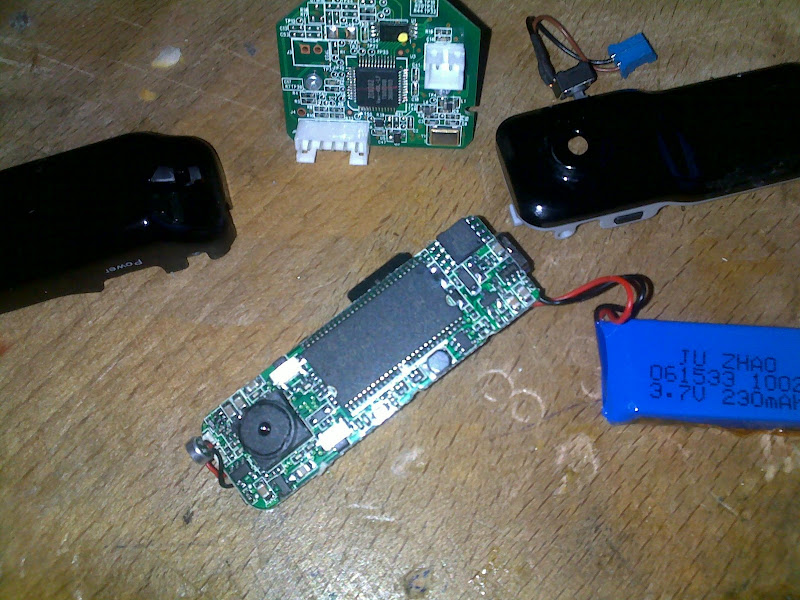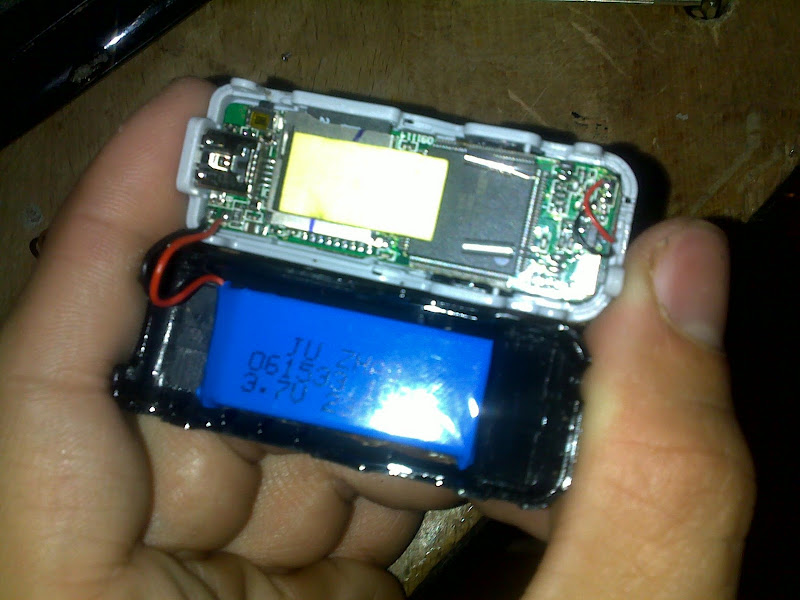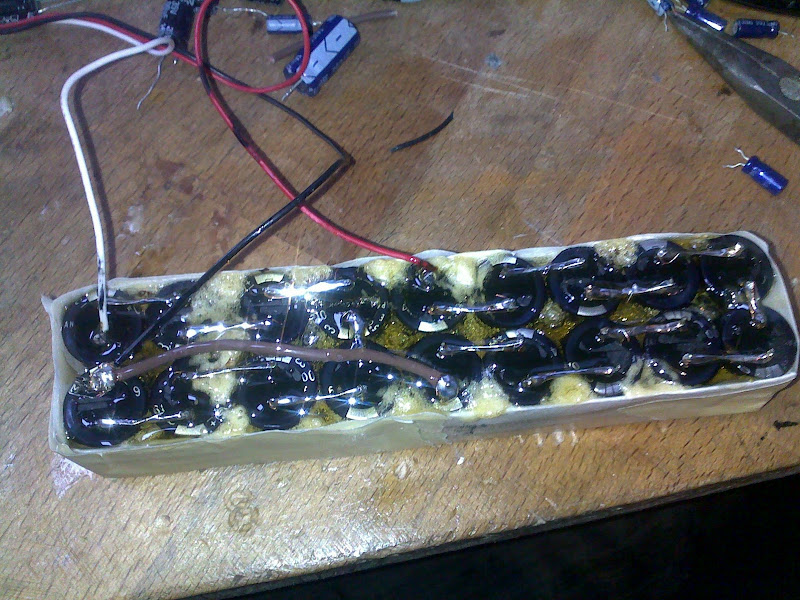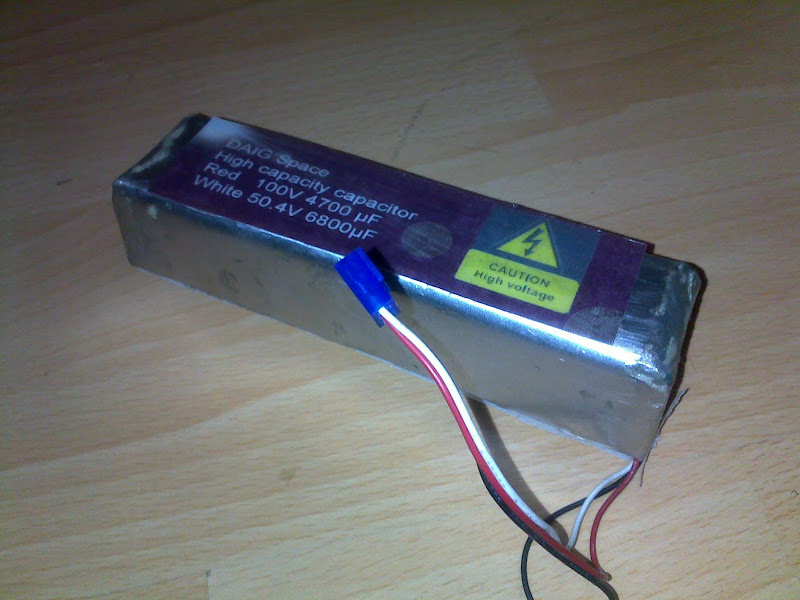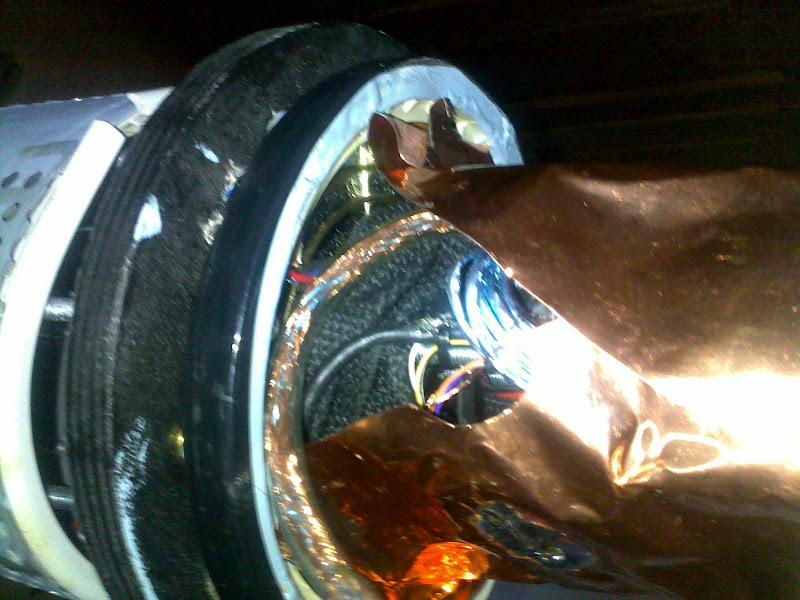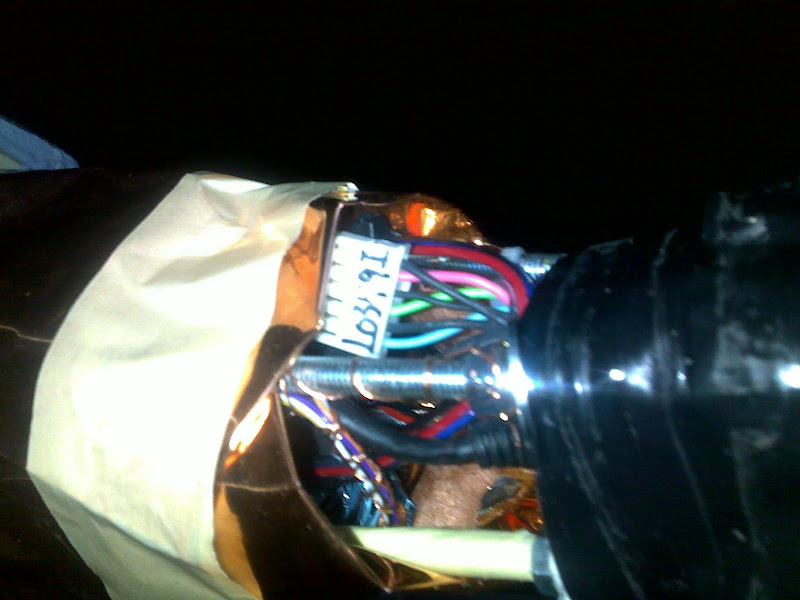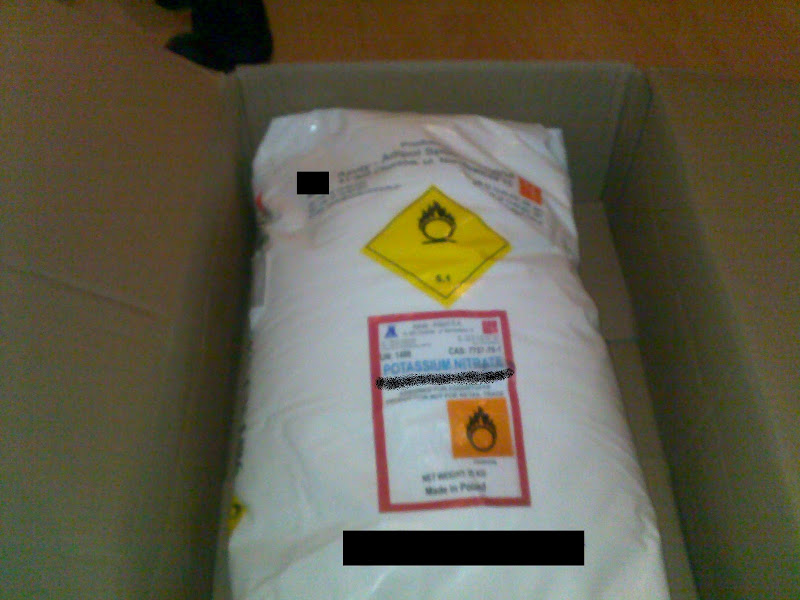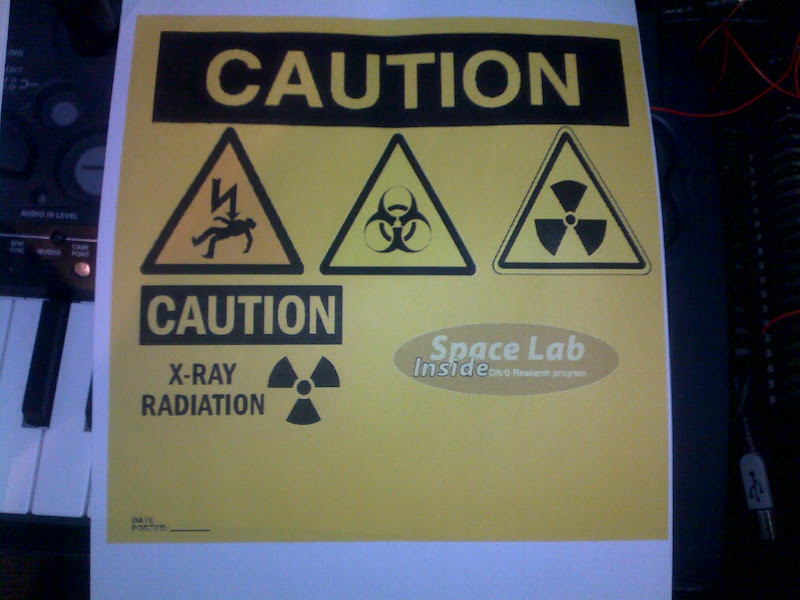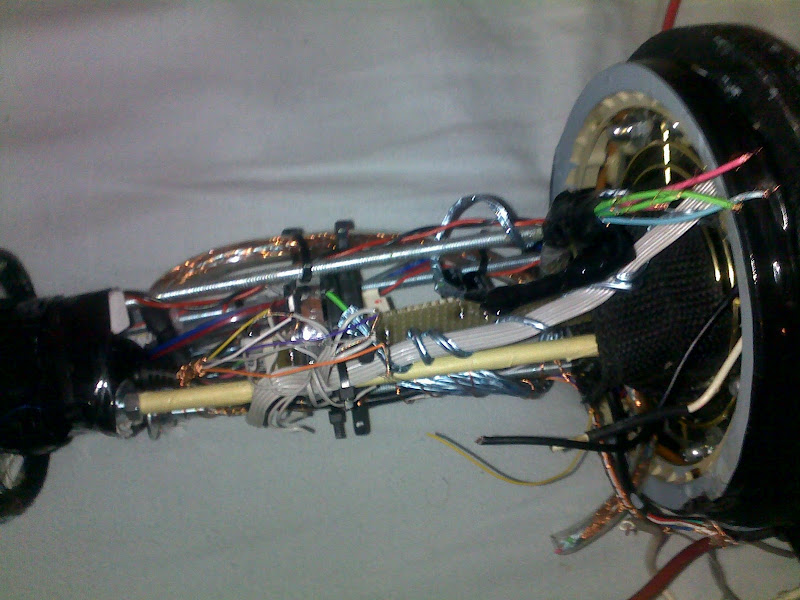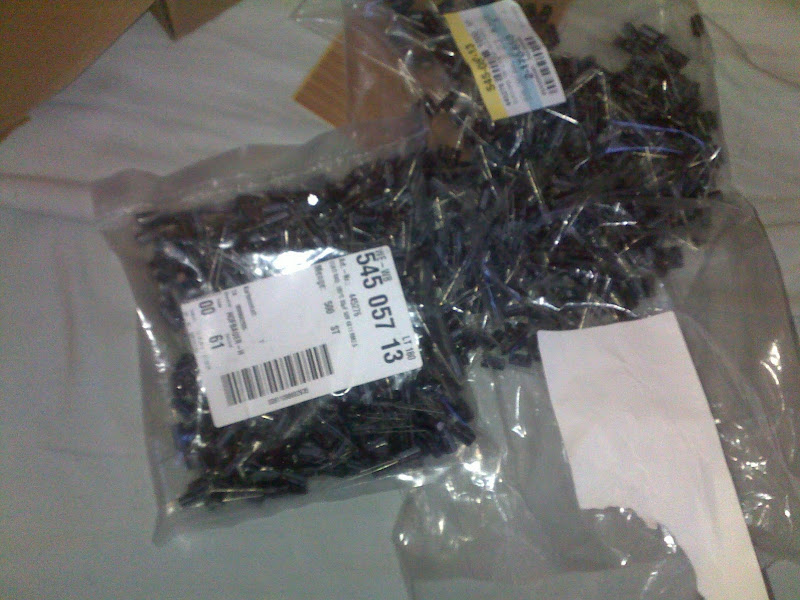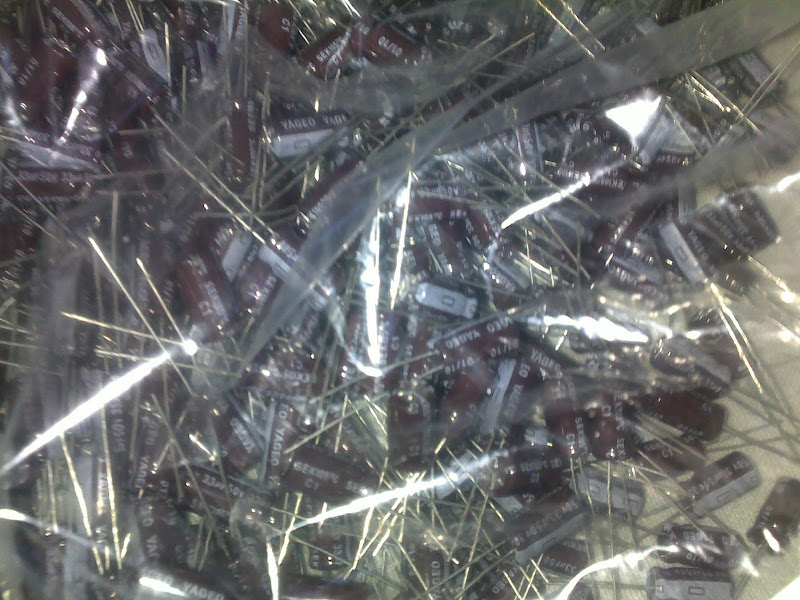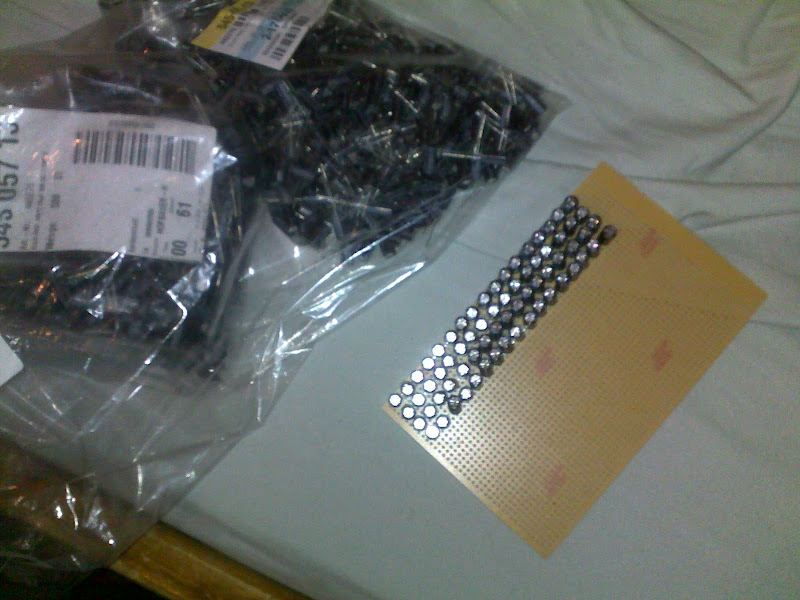bobkrech
Well-Known Member
- Joined
- Jan 20, 2009
- Messages
- 8,352
- Reaction score
- 55
Neils
You really don't need carbon fiber for this rocket, and it will present problems for transmitters as carbon is a conductor.
A potential problem with PML kits is fin flutter. Did your kit come with stock thickness fins, or are they the optional thicker ones. The stock thickness is definitely subject to fin flutter at or near transonic velocities. See https://www.publicmissiles.com/images/PMLG10FinsFAQ.pdf for details.
Also https://www.publicmissiles.com/images/PMLAirframesFAQ.pdf states that the PML factory glassed airframes use 2 wraps of 16 oz fiberglass cloth however this IMO is in error. The unglassed 7.5 inch airframe weighs 1 oz. per inch length and the factory glassed 7.5 inch airframe weighs 1.57 oz per inch length. 2 wraps of 16 oz cloth without resin weights 0.59 oz. per inch length so it's probably 2 wraps of 6 to 8 oz fiberglass cloth with resin.
Bob
You really don't need carbon fiber for this rocket, and it will present problems for transmitters as carbon is a conductor.
A potential problem with PML kits is fin flutter. Did your kit come with stock thickness fins, or are they the optional thicker ones. The stock thickness is definitely subject to fin flutter at or near transonic velocities. See https://www.publicmissiles.com/images/PMLG10FinsFAQ.pdf for details.
Also https://www.publicmissiles.com/images/PMLAirframesFAQ.pdf states that the PML factory glassed airframes use 2 wraps of 16 oz fiberglass cloth however this IMO is in error. The unglassed 7.5 inch airframe weighs 1 oz. per inch length and the factory glassed 7.5 inch airframe weighs 1.57 oz per inch length. 2 wraps of 16 oz cloth without resin weights 0.59 oz. per inch length so it's probably 2 wraps of 6 to 8 oz fiberglass cloth with resin.
Bob




